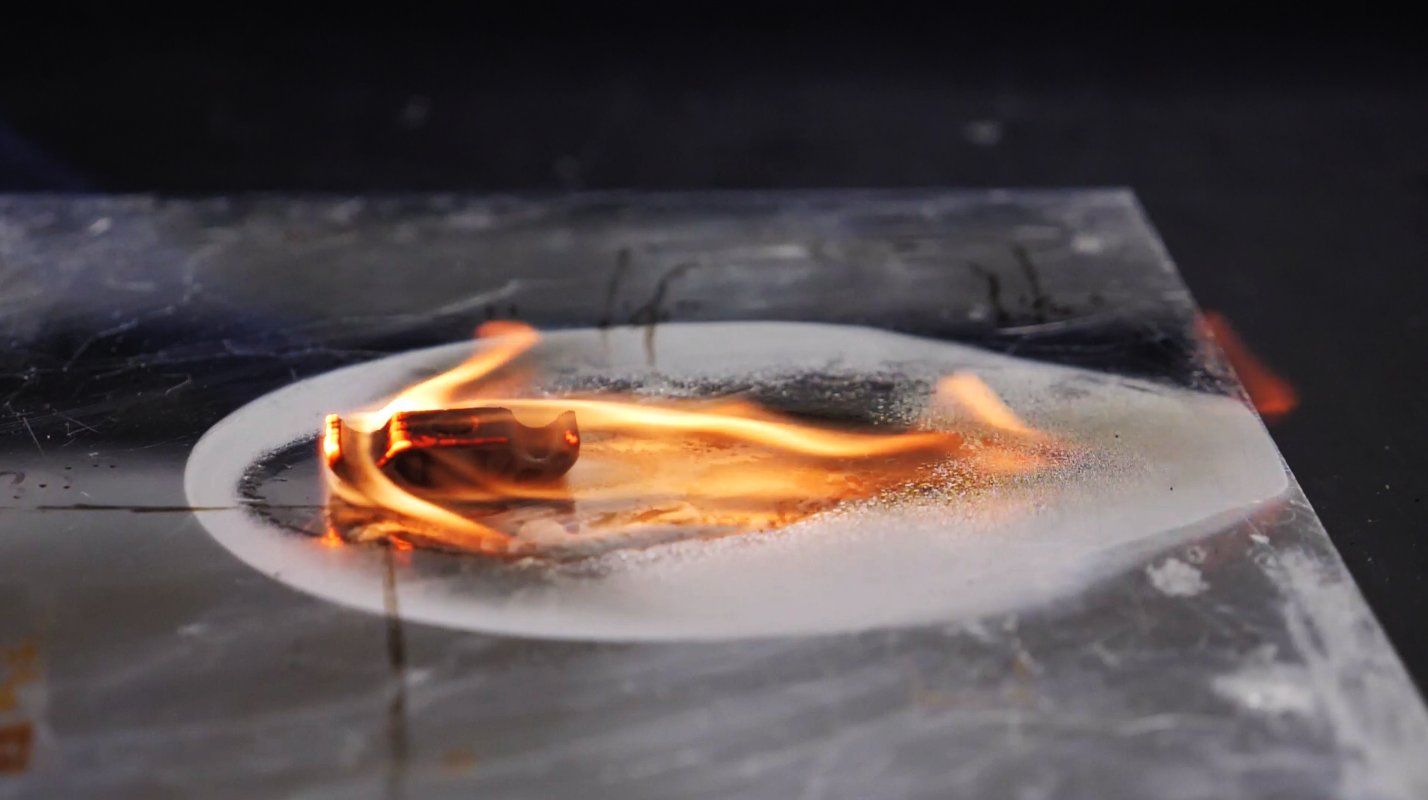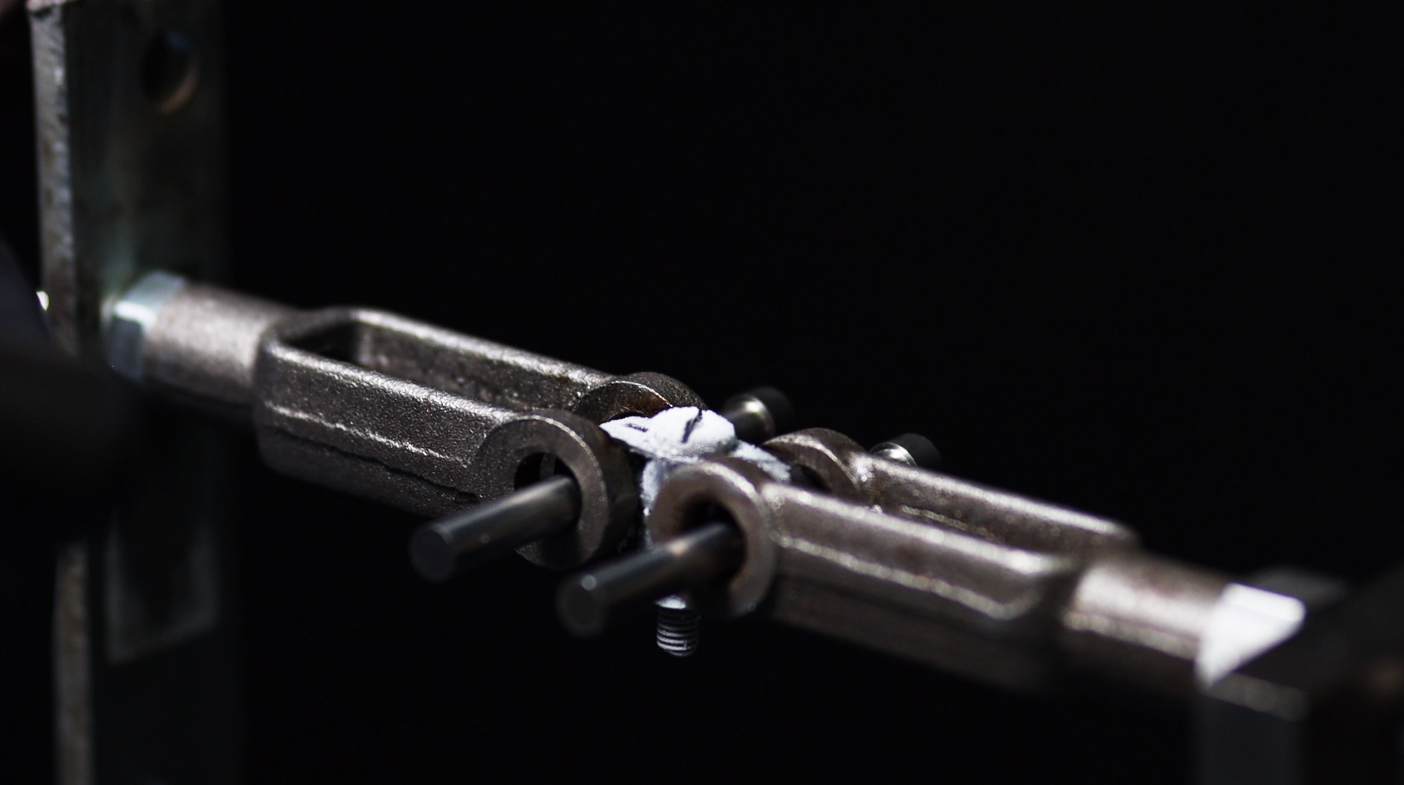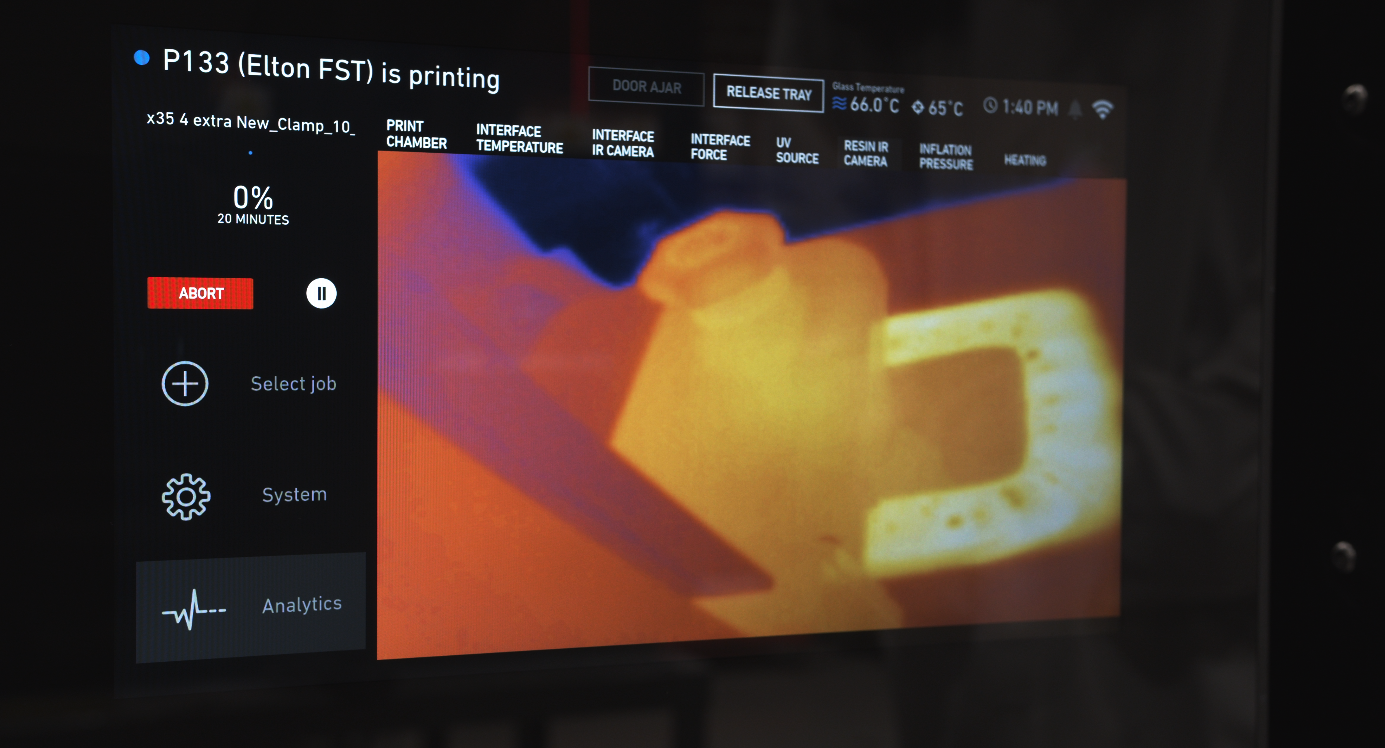3D printing startup Origin was selected to participate in the U.S. Air Force (USAF) Rapid Sustainment Office’s (RSO) inaugural Advanced Manufacturing Olympics (AM Olympics). The event, which is already underway, will end with a virtual showcase – held from October 20 through 23 – to test the limits of innovative new manufacturing techniques that can lead to faster maintenance turnaround, cheaper upkeep, and more flexible flight operations. Specifically, a team of Origin engineers will take part in a challenge to quickly fabricate flight-ready F-16 fighter jet parts and get them certified for flight.
As part of the AM Olympics, the RSO and its partners “want more than 60 teams to channel the speed and precision of the world’s top athletes as they chase a new standard in airworthy, 3D printed plane parts,” reported Air Force Magazine. A total of 64 teams from industry, government, and academia will be vying for a $1 million prize spread across five technical challenges that feature additive manufacturing and reverse engineering to solve some of the Air Force’s most significant sustainment issues.
San Francisco-based Origin teamed up with engineering software company nTopology and the consulting engineering business Stress Engineering Services to compete in the Approval Sprints Technical Challenge. The joint team of engineers will be up against other highly capable teams that will compete to design, analyze, and deliver a polymer additively manufactured replacement solution for the rapid deployment of a specified F-16 aircraft component. Deliverables include sample components, a technical data package, and an accelerated qualification strategy for full approval of proposed materials, machines, and a complete family of components.
Relying on manufacturing technologies capable of rapid production for sustainment is crucial for the Air Force fleet and infrastructure. However, it is difficult to exploit these capabilities without the radical improvement of Air Force certification methods and timelines required to approve new materials, processes, and components.
“There is a pressing need to rapidly deploy engineering solutions for US Air Force fleet and infrastructure sustainment,” said Ian Muceus, Director of Government Programs at Origin. “We are excited to be one of the companies selected to participate in this challenge and use our advanced additive manufacturing technology to help with these obsolescence and sustainment challenges by identifying innovative strategies for rapidly designing, qualifying, and deploying solutions that leverage new manufacturing processes, materials, and components.”
For the upcoming challenge, the engineers at Origin have already been working together remotely with Stress Engineering and nTopology to produce a viable solution to a difficult aerospace problem in just three weeks. The particular challenge involved developing a hydraulic line clamp for the F-16 Fighting Falcon, which is considered the world’s most successful, combat-proven multi-role fighter plane. Aircraft utilize a variety of clamps and the Air Force in particular has thousands of unique clamps across its fleet.

An F-16 Fighting Falcon from the 36th Fighter Squadron at Osan Air Base, South Korea. Image courtesy of U.S. Air Force/Tech. Sgt. Dave Ahlschwede.
According to Origin, the requirements for the challenge were complex and looked at dimensional accuracy, stresses/loads, flammability compliance, temperature ratings (low and high), jet fuel exposure, vibration tolerance, hydraulic fluid exposure, and engine oil exposure. Origin has already tested a number of different materials, printed test fixtures, and conducted multi-material printing. Finally, the part submitted by the team for this challenge was designed on nTopology’s platform; used Loctite 3955, a flame-retardant chemically-resistant material from Henkel; was manufactured on the Origin One 3D printer, and validated by Stress Engineering Services.
Origin’s manufacturing-grade 3D printer uses programmable photopolymerization to precisely control light, heat, and force among other variables to produce parts with exceptional accuracy and consistency. The San Francisco-based company is pioneering the concept of Open Additive Manufacturing, a new way to build based on open materials, extensible software, and modular hardware. For this challenge Origin’s technology was combined with nTopology’s engineering design tools for advanced manufacturing, which seamlessly joined synthesized geometry and simulation results in finely tuned manufacturing models.
Challenge rules determine that the top component design that meets the minimum specified requirements will be eligible for installation and a one-time flight on an F-16 fighter jet during the AM Olympics. But before that happens, a panel of judges from the military and private sector will evaluate the results of each test. Once the results are in, first-place winners for each challenge will walk away with $100,000, while those in second place will earn $50,000, and the third-place teams will get $40,000. To find out more about the free event, attendees can follow along and watch the final results here.
Subscribe to Our Email Newsletter
Stay up-to-date on all the latest news from the 3D printing industry and receive information and offers from third party vendors.
You May Also Like
Why Corrosive Resistant Materials Are Important to the Success of 3D Printing Across Industries
The adoption of additive manufacturing (AM) is accelerating across many major industries. As this technological shift unfolds, the importance of corrosion resistance has emerged as a challenge for 3D printing...
America Makes Announces IMPACT 2.0: $6.6M in New 3D Printing Funding
America Makes, the Manufacturing Innovation Institute (MII) based in Youngstown, Ohio, has announced IMPACT (Improvement in Manufacturing Productivity via Additive Capabilities and Techno-Economic Analysis) 2.0, a project call which will...
3D Printing Webinar and Event Roundup: April 14, 2024
We’re starting off the week’s 3D printing webinars and events at ASTM AMCOE’s 11th Snapshot Workshop and MACH Exhibition. Stratasys continues its advanced training courses, SME is holding a virtual...
AMUK Welcomes Airframe Designs as British 3D Printing Industry Grows
While the UK is not the hub for 3D printer and materials manufacturers as other nations, the country continues to excel at the research, development, and application of additive manufacturing...




































